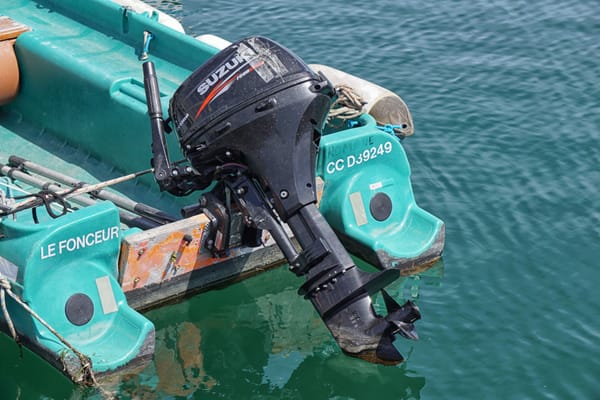Marine Engines: Get the Lowdown on 4-Stroke vs 2-Stroke Engines
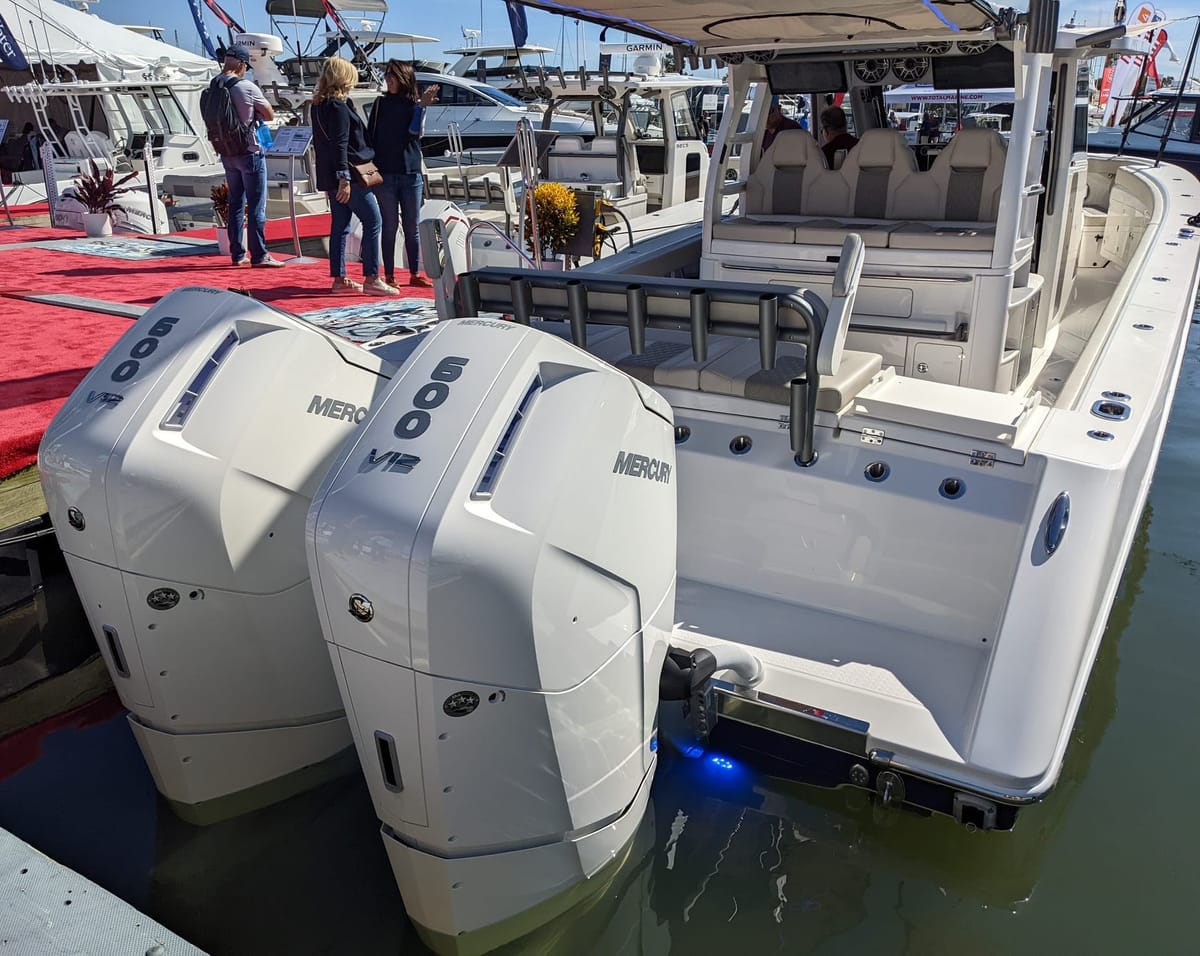
When it comes to choosing a marine engine, the debate between 2-stroke and 4-stroke engines is one of the most frequently discussed topics among boaters. Each engine type offers distinct advantages and disadvantages depending on your boating style, maintenance preferences and environmental considerations. Differences between the two come in the form of fuel efficiency, emissions and general performance.
Here's a breakdown of the pros and cons of 4-stroke and 2-stroke engines to help you make an informed choice whether you have an inboard or an outboard engine.
What is a 4-Stroke Engine?
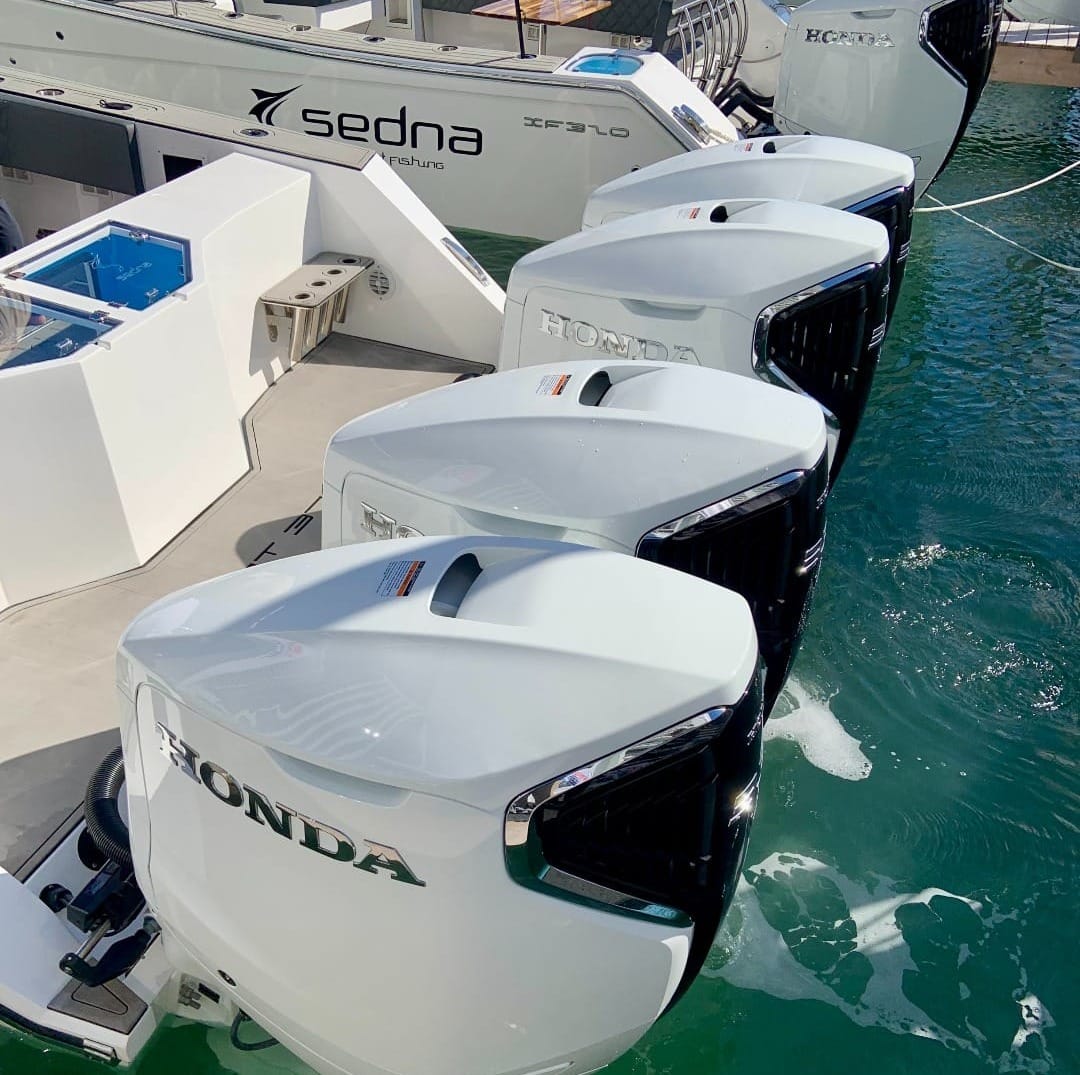
A 4-stroke marine engine is an internal combustion engine that completes its power cycle in four strokes: intake, compression, power and exhaust. This design allows for more efficient fuel use, cleaner emissions and quieter operation compared to 2-stroke engines. Honda, Suzuki and Mercury are popular manufacturers of 4-stroke engines.
Four-stroke marine engines are often heavier and more complex but offer better fuel economy and longer lifespan than a 2-stroke. They are commonly used in larger boats where reliability and efficiency are priorities. These engines typically require regular maintenance, like oil changes, but their durability and smooth performance make them a popular choice for recreational and commercial boating.
Pros of 4-Stroke Marine Engines

1. Fuel Efficiency
Four-stroke engines burn cleaner and are more fuel-efficient due to a separate lubrication system and more precise fuel management.
2. Environmentally Friendly
They produce fewer emissions and are compliant with strict environmental regulations.
3. Longevity
With better lubrication and more refined internal mechanics, 4-strokes typically last longer with regular maintenance.
4. Quieter Operation
They run more smoothly and quietly, which is especially nice for long days on the water or hanging out at a marina slip or private boat dock for rent.
Cons of 4-Stroke Marine Engines
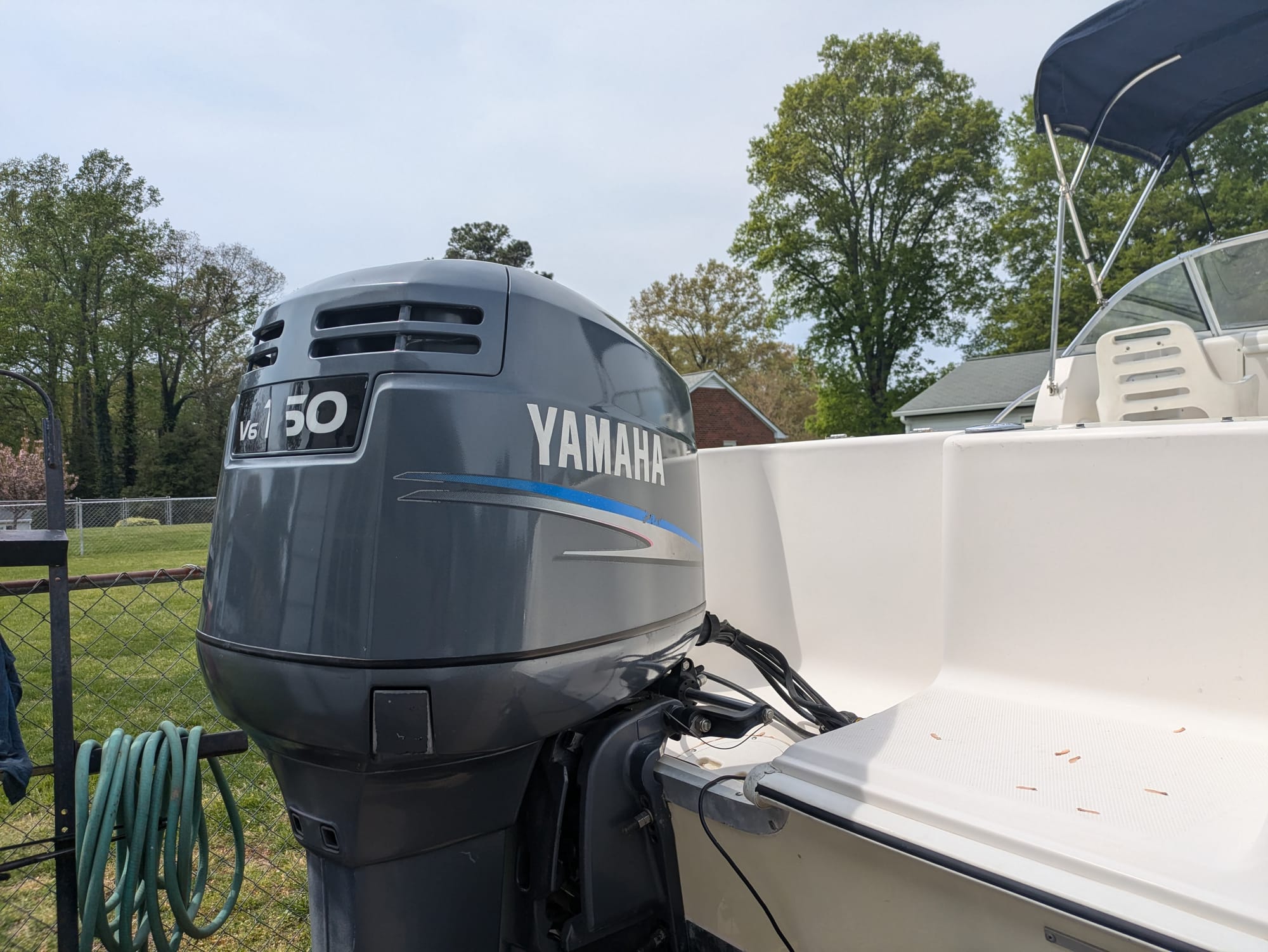
1. Heavier
Due to additional components (like valves and oil systems), 4-stroke engines are heavier and may affect boat balance or speed in smaller vessels.
2. More Complex Maintenance
They have more parts and systems, which can mean more involved and potentially costly repairs.
3. Slower Acceleration
While they're consistent and reliable, they don’t deliver the same “snap” of power as a 2-stroke.
What is a 2-Stroke Engine?
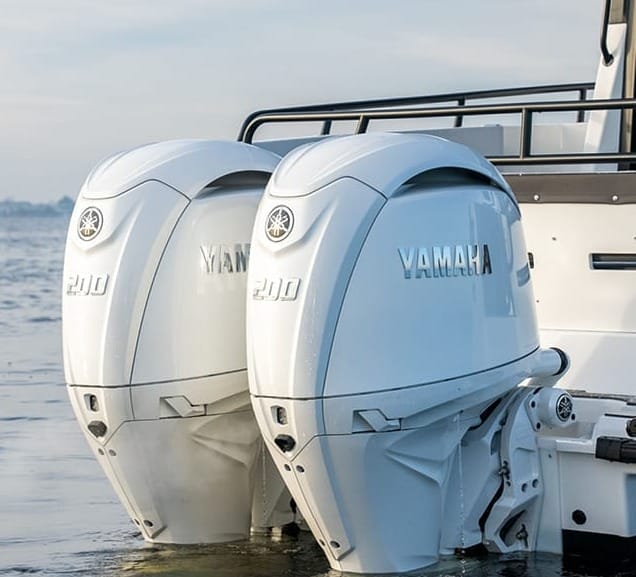
A 2-stroke marine engine is a type of internal combustion engine commonly used in boats. It completes a power cycle with just two strokes of the piston: one compression stroke and one combustion stroke. This design makes 2-stroke engines lighter, simpler and often more powerful for their size compared to 4-stroke engines. Kawasaki, Yamaha and Mercury make popular 2-stroke marine engines.
The 2-stroke engine is known for quick acceleration and high power-to-weight ratios, making it a popular option for smaller boats and outboards. However, 2-stroke engines are generally less fuel-efficient and produce more emissions. Modern advancements, like direct fuel injection, have improved their efficiency and environmental impact while maintaining their performance advantages.
Pros of 2-Stroke Marine Engines
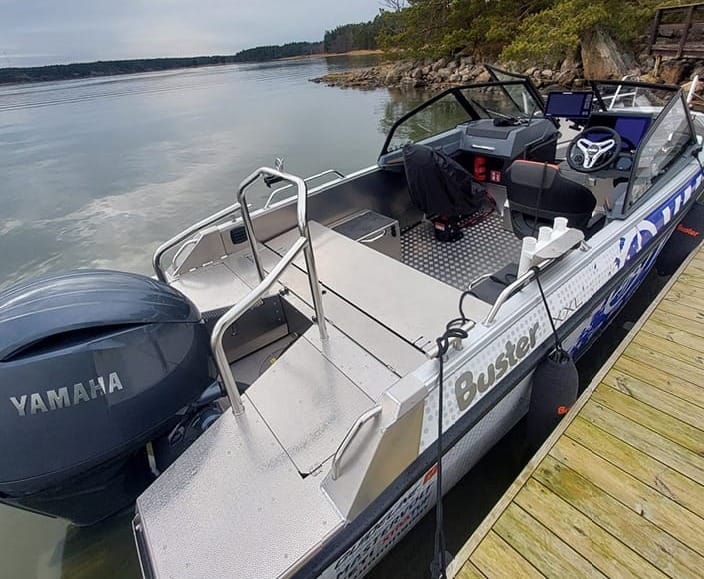
1. Lightweight and Compact
Two-stroke engines are generally lighter and have a higher power-to-weight ratio. This makes them ideal for smaller boats and situations where portability matters.
2. High Power Output
Thanks to firing once every revolution, 2-strokes can deliver more power more quickly than 4-strokes of a similar size.
3. Simplicity
With fewer moving parts (no valves), 2-strokes are often easier and cheaper to repair and maintain in the short term.
4. Better Throttle Response
Due to the rapid power delivery, they tend to accelerate quicker, which is great for skiers or sport boats.
Cons of 2-Stroke Marine Engines

1. Less Fuel Efficient
They burn oil along with fuel, making them less efficient and more expensive to run over time. You also have to remember to mix the oil with the fuel.
2. Pollution
Older 2-stroke engines emit more smoke and unburned fuel, contributing to environmental damage. Many are now banned or restricted in certain waterways and private boat slip rentals.
3. Shorter Lifespan
They wear out faster due to higher RPMs and the lack of dedicated lubrication systems.
What’s the Difference?
- 4-Stroke Engines complete a power cycle with four movements of the piston (two crankshaft revolutions).
- 2-Stroke Engines complete a power cycle with two movements of the piston (one crankshaft revolution).
Which One is Right for You?
- Choose a 4-Stroke if you want a reliable, fuel-efficient engine for long-term use, prefer quiet operation or are concerned about environmental impact. They’re excellent for cruising, angling and sightseeing from private boat lifts for rent.
- Choose a 2-Stroke if you need a lightweight engine for a smaller boat, prefer quick acceleration and performance or need something simpler for occasional use.

